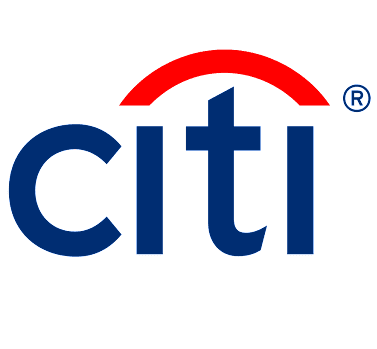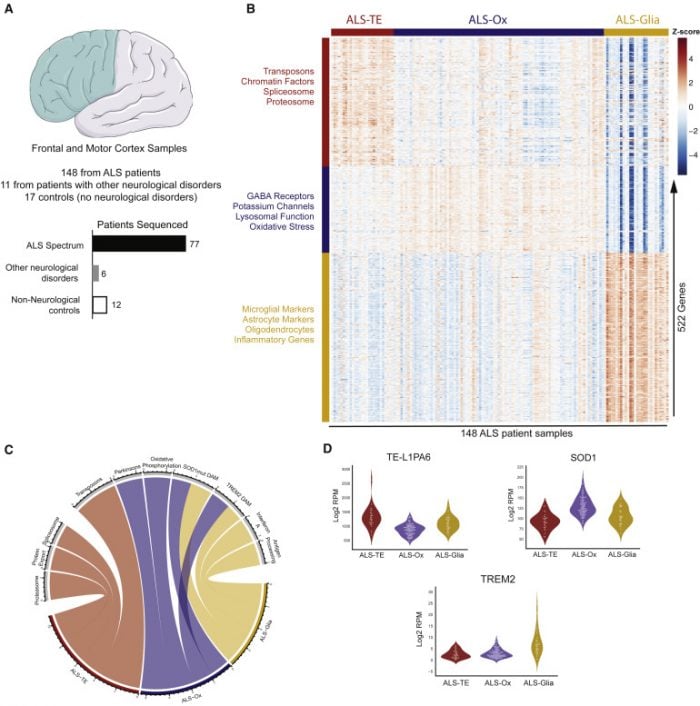At UCSF, Neurologist and Assistant Professor Claire Clelland, Ph.D., M.D., M. Phil., is leading a high-risk, high-reward project to tackle one of the most urgent challenges in ALS research: delivering CRISPR-based therapies safely and effectively to the brain. Dr. Clelland, a physician researcher, is backed by two Target ALS grants – a New Academic Investigator grant she received in 2023 to create bioinformatic tools identifying gRNAs that could enable CRISPR editing for numerous people living with C9 ALS and a New Modalities Consortium grant, which she was awarded this year with partners Denali Therapeutics and Dr. Neel Singhal, also at UCSF. Through this New Modalities Consortium, a two-year grant awarded in 2025, Dr. Clelland is pioneering a novel, nonviral approach to treat C9orf72-linked ALS—one of the most common genetic forms of the disease. By the end of the grant period the team hopes to demonstrate that they can safely and effectively achieve brain penetrance of Cas9 in a C9 ALS mammalian model via peripheral administration of the TfR-Cas9 conjugate.
But this isn’t just about scientific ambition. For Dr. Clelland, it’s urgent.
“Every day I think about the patients who are waiting on us,” she said. “There’s not a second to waste.”
A Genetic Target with Promise—and Complexity
The C9orf72 gene, whose hexanucleotide repeat expansion (HRE) causes both ALS and frontotemporal dementia (FTD), has long been an alluring target for gene therapy. It’s a founder mutation—meaning many patients share the same genetics—and a clear case of toxic gain-of-function, making it a good candidate for CRISPR-Cas9, which excels at cutting out faulty DNA.
But the very feature that makes this mutation identifiable—its long, repetitive DNA sequence—also makes it challenging to work with.
“We had to develop new sequencing assays, working with PacBio, just to measure the repeat expansion accurately,” said Dr. Clelland. “Repeat DNA is hard to make, hard to cut, and hard to detect if you’ve succeeded.”
Her team’s key insight: editing efficiency isn’t determined by the size of the cut, as once thought. Whether it’s a 100-nucleotide deletion or a 40-kilobase excision, what matters most is the quality of the guide RNAs—the “zip codes” that direct the CRISPR scissors to the right spot. In fact, her lab recently published a paper illustrating that excision of 250 GGGGCC repeats effectively reverses ALS and FTD phenotypes in motor neurons generated from a repeat carrier’s induced pluripotent stem cells.
This insight opened the door to developing therapies applicable to a wider range of C9orf72 patients, regardless of how many repeats they carry.
Getting There Is Half the Battle: The Blood-Brain Barrier
Editing DNA is only half the equation. The real hurdle is delivery—getting the CRISPR machinery to the right place, namely the central nervous system (CNS).
Traditionally, viral vectors like AAVs have been used for CNS delivery. But they’re imperfect, especially for CRISPR: they can’t easily carry large cargo like a Cas9 protein, they persist too long (risking off-target effects), and they’re expensive to manufacture.
That’s why Dr. Clelland’s team, in collaboration with Denali Therapeutics, is exploring a nonviral, protein-based delivery system using Denali’s transferrin receptor (TfR) platform.
“Protein delivery via i.v. is the dream,” said Dr. Clelland. “It’s transient, so CRISPR does its job and then disappears. It’s easier to manufacture. We just need it to distribute more broadly across the brain.”
Denali brings years of experience in engineering proteins to cross the blood-brain barrier. Dr. Clelland brings deep expertise in CRISPR and C9orf72 biology. Their third partner, Dr. Neel Singhal, is a neurologist and in vivo research expert who will perform the challenging peripheral delivery of the TfR-Cas9 conjugates in mammalian ALS models. Together, they’re working to retrofit Denali’s TfR system to deliver larger proteins like Cas9—something that’s never been done before.
Chris Koth, Vice President of Biotherapeutics, Denali Therapeutics, said, “What attracted Denali to this effort is the opportunity to further support critical ALS research and address the unprecedented challenges in delivering CRISPR machinery to the brain.”
Why It Matters: A Platform for More Than ALS
If successful, this delivery system wouldn’t just be a breakthrough for C9-linked ALS. It could open the door to CRISPR-based therapies for a host of neurodegenerative diseases.
“We’re not just trying to build one therapy,” Dr. Clelland noted. “We’re trying to build a whole platform for safe, scalable gene editing in the brain.”
Target ALS’s flexible, fast-moving funding model has been instrumental in enabling that vision.
“Most traditional grants reward safe science,” she explained. “But Target ALS supports bold science—and that’s what it’s going to take to cure these diseases.”
The Power of Data and Tools
Dr. Clelland’s team has also been a driver in validating and sharing critical tools with the wider ALS research community. She helped validate a protocol for an MSD assay using the poly(GP) antibody now available through Target ALS’s Reagents Core.
She’s also a major proponent of long-read sequencing for patient samples—critical for designing personalized gene-editing strategies.
Dr. Clelland said, “What I love about Target ALS is how responsive they are. They listen to scientists and move obstacles in real time—you don’t have to wait ten years for better sequencing, they’re doing it now. For us, long-read sequencing is critical. We need to know exactly which SNPs are on the mutated gene versus the normal copy, so we can safely target the right one. You can’t get that confidently from short reads. And there’s no substitute for patient data. Reference genomes aren’t our patients. Target ALS understood that need and took action where a single lab couldn’t. That kind of bold support is game-changing.”
She added, “We can’t just rely on reference genomes. We need patient data. And thanks to Target ALS, we’re now getting it.”
A Personal Mission, Fueled by Urgency
Dr. Clelland’s path to neuroscience was anything but conventional. Raised in rural Oregon, she initially pursued philosophy in college. But questions about the mind led her to biology, and ultimately to medicine. Today, she cares for dementia patients as a neurologist and leads a translational neuroscience lab with a singular focus: developing real treatments for neurodegenerative diseases.
“My goal was always to cure dementia,” she said. “And the more I looked at the science, the more I realized that starting with genetic disease gives us the clearest path.”
C9orf72, with its known mutation and devastating consequences, offered the perfect storm—a window into broader therapeutic impact, if only someone could figure out how to cross the biological and technical barriers.
Now, with the support of Target ALS and partners like Denali, Dr. Clelland is building that bridge.
“We’re trying to go from zero to one,” she said. “Because once you do it once, you can do it again—and faster—for others.”




